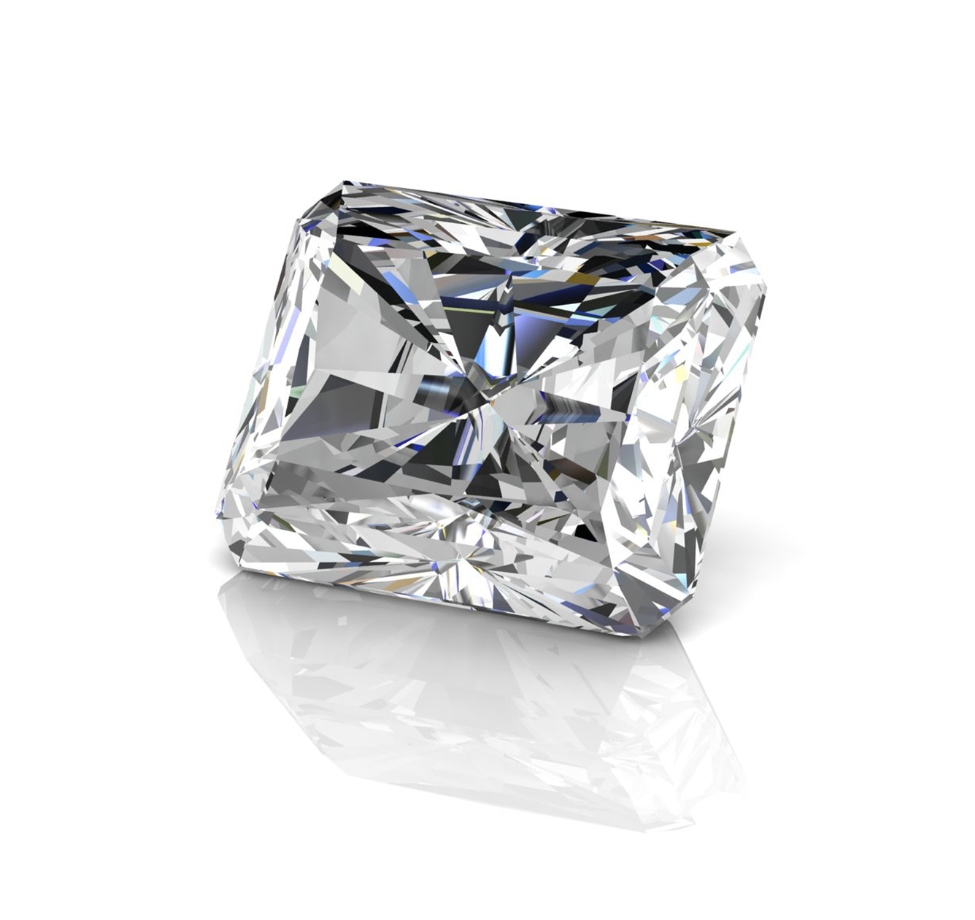-
0
Cart is Empty
Choosing the Perfect Diamond

How to Choose the Perfect Diamond for Your Jewelry
Choosing a diamond for your jewelry is an important decision, and understanding the essential factors will help ensure you select a piece that’s not only beautiful but also valuable and meaningful. Whether you're looking for an engagement ring, a gift, or an exquisite piece for yourself, here’s a comprehensive guide on choosing the perfect diamond.
1. Understand the 4 Cs of Diamonds
The 4 Cs – Carat, Cut, Color, and Clarity – are crucial in determining the quality and value of a diamond. Here’s what you need to know:
- Carat: The weight of the diamond, which impacts its size. While larger carats are more expensive, balance carat weight with other factors like cut and clarity to maximize value.
- Cut: This refers to how well the diamond has been cut and shaped. A well-cut diamond reflects light beautifully, creating that coveted sparkle. Pay attention to the cut grade (Excellent, Very Good, Good, etc.) to ensure quality.
- Color: The less color a diamond has, the higher its quality. Diamonds range from colorless (D) to light yellow or brown (Z). Most high-quality diamonds fall between D and G.
- Clarity: This measures the presence of internal or external flaws (inclusions and blemishes). The scale ranges from Flawless (no inclusions visible under 10x magnification) to Included (visible inclusions).
2. Choose Between Different Diamond Shapes
Diamonds come in various shapes that can dramatically affect their overall look. Popular options include round, princess, cushion, oval, and emerald cuts. Your choice should reflect personal style and preference, with round diamonds being the most popular due to their brilliant sparkle.
3. Opt for Certified Diamonds
Ensuring that your diamond comes with certification from a reputable gemological institute is key to verifying its quality. The International Gemological Institute (IGI) is known for providing detailed grading reports that assess the 4 Cs with precision. This certification adds assurance and transparency to your purchase.
4. Prioritize the Setting and Metal Type
The setting of the diamond should complement its shape and size, while also enhancing its brilliance. Popular settings include solitaire, halo, and pave. Additionally, choosing the right metal type – white gold, yellow gold, rose gold, or platinum – can affect how the diamond appears against your skin and how it coordinates with other jewelry you may wear.
5. Set a Budget
Diamonds are available at a range of price points, so setting a budget will help narrow down your options. Remember, the most expensive diamond isn't always the best choice for everyone. It's more important to find one that fits your style, preferences, and budget while still adhering to quality standards.
6. Trust Your Eye
While the 4 Cs provide a guide to diamond quality, personal taste matters the most. Choose a diamond that captivates you, fits your lifestyle, and feels special to you.
Conclusion: Selecting the perfect diamond takes time and consideration, but understanding the basics will make the process easier and more enjoyable. By focusing on certified diamonds like those graded by the IGI and taking the 4 Cs into account, you can confidently choose a diamond that fits your needs and makes your jewelry a lifelong treasure.

